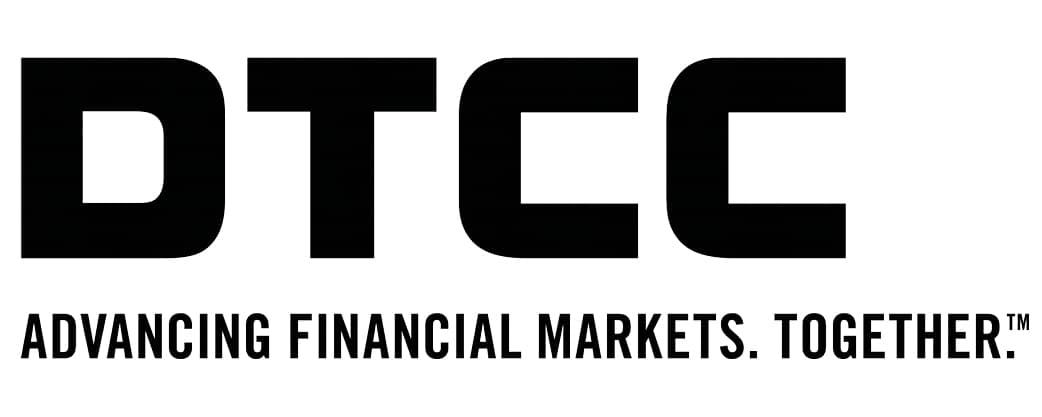
Tim Keady, managing director, head of DTCC Solutions and chief client officer, The Depository Trust & Clearing Corporation (DTCC)
The coronavirus pandemic may feel like a once-in-a-generation phenomenon, but in reality events that significantly impact financial markets are not so rare. Just look at the string of them over the last 20 years: the tech bust in 2000, 9/11, the 2008-09 financial crisis – even the flash crash in 2010.
Experiences like these tend to spur operational changes designed to build defenses and help markets better weather the next cataclysm. For instance, 9/11 prompted firms to overhaul their business continuity plans and disperse critical functions across multiple sites. The flash crash ushered in circuit breakers to temporarily halt trading at times of sharp market movement. The’08-’09 crisis drove the enactment of multiple new regulations and reforms to increase transparency and reduce risk in many areas of financial services, including those focused on margin calls and the posting of collateral, activities best addressed by automating processes.
The kind of market volatility we experienced in late 2008 was repeated in March of this year as the pandemic spread across geographies. Yet many firms had trouble managing the resulting spike in margin call activity. This fact suggests that, more than a decade on, the industry remains less automated around margin processing than it should be and less prepared for the next disruption than it could be. These deficiencies will exact an increasingly higher toll as buy-side firms fall under the mandates of the Uncleared Margin Rules (UMR) over the next two years.
Setting the stage for trouble
Why the ongoing reliance on manual processes around margin and collateral? Even as post-trade activities for other asset classes have been automated over time, the bespoke nature of many over-the-counter (OTC) derivatives contracts and the evolution of trading in these instruments have reinforced the continued use of faxes and emails for processing margin and settlement activity. One example of a slice of the collateral lifecycle that has stubbornly resisted change: the use of authenticated fax messages to authorise the release of segregated collateral held in third-party custodial accounts.
By employing manual activities, firms have been forced to segregate their derivatives processing from the processing of transactions in other asset classes, adding to internal inefficiencies and operating costs. This state of affairs has long been a pain point for the industry, making it ripe for pandemic-driven reform.
And it’s not just the increased volume and velocity of margin call activity the market has endured in 2020 that should push the industry to streamline margin and collateral operations. The massive switch to work-from-home arrangements for employees around the world has exacerbated the challenges of manually processing margin calls. Because these arrangements are likely to continue after lockdowns end, the pressure for change will grow.
When crisis strikes
Amidst a volatility storm, firms whose counterparties haven’t automated their margin processing can be tied up with issues like reconciling multiple, unreferenced collateral receipts, or chasing counterparties to answer margin calls in a timely and efficient manner. If a firm cannot match receipts with calls in a timely fashion, it becomes difficult to agree on a new opening collateral balance the next day let alone identify at risk counterparties in a timely fashion. Staff, already hampered by the need to work from home, may get caught up in a cycle of longer and longer working hours as they attempt to reconcile accounts and complete calls. During such periods of stress, firms may have challenges staying in control of operational risks or focusing on more fundamental matters, such as counterparty credit risks, liquidity sufficiency and collateral eligibility.
These scenarios occurred often in 2008 and again in March 2020, a clear indication that the uptake of utility solutions that automate the margin call workflow is lagging across the industry.
Time for action
The clients I speak with are concerned about this spotty adoption of automation tools. An executive from a major dealer that uses DTCC’s Margin Transit Utility (MTU) told me recently that, until their counterparties are on board with this solution, they can’t take full advantage of MTU’s automation benefits. Another source told me the recent crisis acted as a stress test, highlighting which of their counterparties struggle with scalability and which are more efficient.
Thanks to solutions like MTU, fixes for some of the most troublesome elements of margin call processing are available today, ahead of the expansion of UMR coverage to buy-side participants. For instance, management of existing segregated collateral arrangements has been a persistent problem for broker-dealers and flagged by the International Securities Association for Institutional Trade Communication (ISITC) as a process where increased automation is urgently needed. A recent enhancement of our MTU service can consign the use of faxes to history. This upgrade follows ISITC-published guidance by fully automating the segregated release process for broker-dealers using the SWIFT MT527 message type. As a result, a broker-dealer can onboard a collateral agreement ahead of the buy-side client and, because MTU can identify an agreed return of collateral from the data supplied by AcadiaSoft’s matching service, immediately activate the segregated release process. Innovations like these will help improve the entire margin call processing ecosystem to the benefit of individual firms and the industry as a whole.
If too many firms wait until the next crisis to migrate from manual to automated processing of margin calls, we will face the same issues again and perhaps to a worse degree. We must learn from the past and act to protect the industry, our firms and our underlying clients by fostering the adoption of automated margin call processes. While such action won’t prevent the next black swan, it will better prepare all of us for the particular challenges the next crisis delivers.
